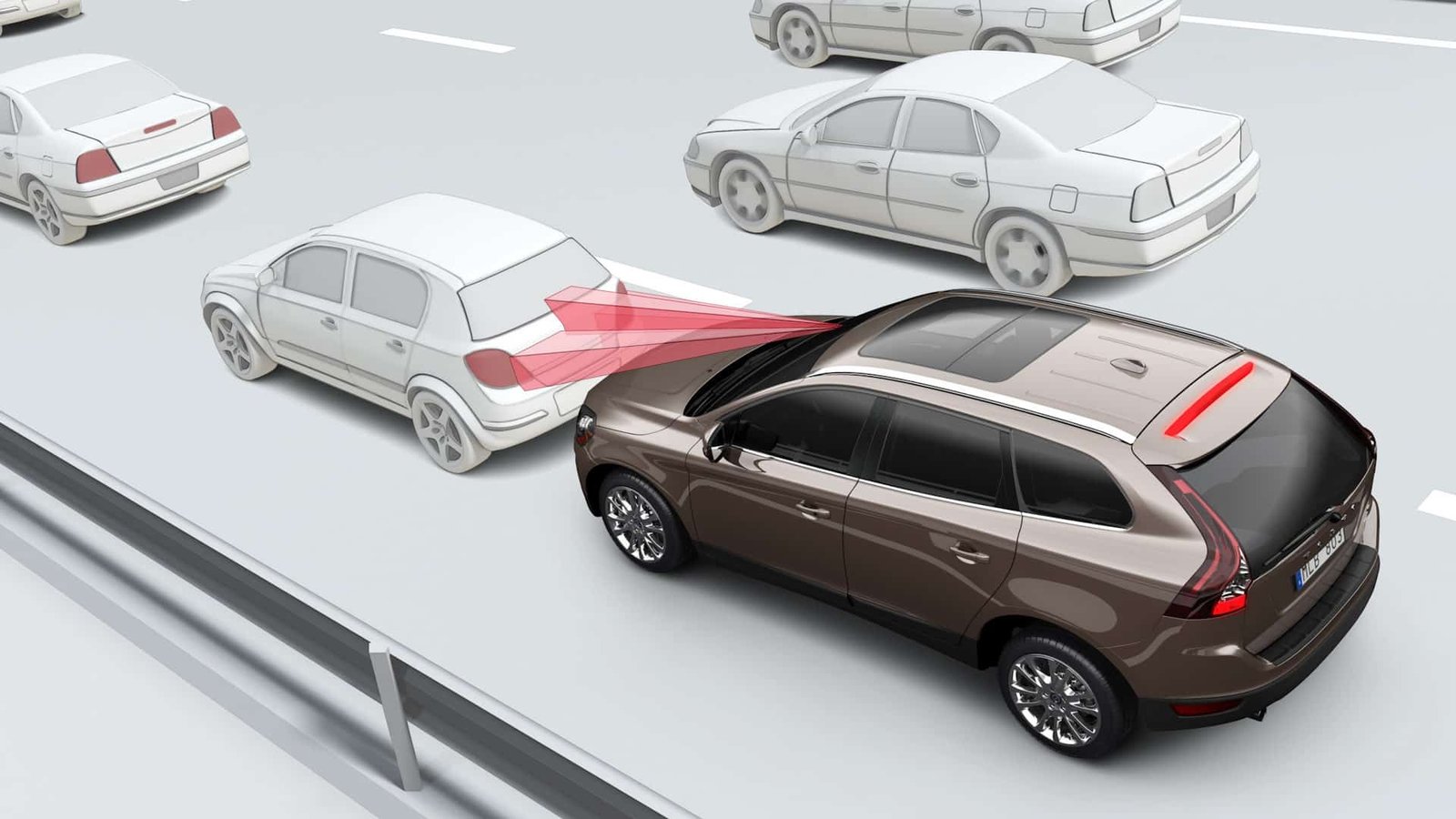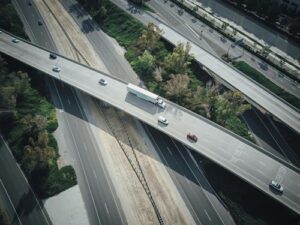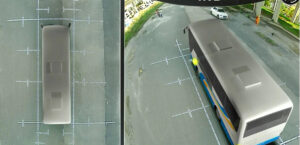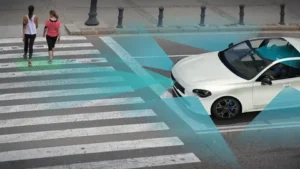Introduction:
Collision avoidance systems (CAS) are crucial safety technologies designed to prevent or mitigate the severity of collisions. From automobiles to aircraft and even industrial machinery, these systems utilize various sensors and algorithms to detect potential hazards and alert operators or automatically intervene to avoid accidents. This article delves into the world of CAS, exploring their different types, benefits, and future trends.
Types of Collision Avoidance Systems:
- Automotive Collision Avoidance Systems: Modern vehicles are equipped with a range of CAS features, including:
- Forward Collision Warning (FCW): Detects potential frontal collisions and alerts the driver.
- Automatic Emergency Braking (AEB): Automatically applies the brakes to prevent or mitigate a collision.
- Lane Departure Warning (LDW): Warns the driver if the vehicle drifts out of its lane.
- Blind Spot Monitoring (BSM): Detects vehicles in the driver’s blind spots.
- Adaptive Cruise Control (ACC): Maintains a safe following distance from the car ahead.
- Aircraft Collision Avoidance Systems: These systems are essential for air safety and include:
- Traffic Collision Avoidance System (TCAS): Monitors the airspace around an aircraft and provides alerts to avoid collisions with other aircraft.
- Ground Proximity Warning System (GPWS): Warns pilots if the aircraft is in danger of colliding with terrain.
- Industrial Collision Avoidance Systems: Used in warehouses, construction sites, and other industrial settings to prevent collisions between vehicles, machinery, and personnel.
Benefits of Collision Avoidance Systems:
- Reduced Accidents and Injuries: The primary benefit of CAS is the significant reduction in accidents and injuries. By detecting potential hazards and providing timely warnings or automatic intervention, these systems can prevent or mitigate the severity of collisions.
- Improved Safety for Vulnerable Road Users: CAS can also improve safety for pedestrians, cyclists, and motorcyclists by detecting their presence and taking appropriate action.
- Reduced Traffic Congestion: By preventing accidents, CAS can help to reduce traffic congestion caused by road closures and delays.
- Lower Insurance Costs: Some insurance companies offer discounts for vehicles equipped with CAS features.
The Future of Collision Avoidance Systems:
The future of CAS is promising, with ongoing advancements in sensor technology, artificial intelligence, and vehicle-to-everything (V2X) communication. These advancements will lead to more sophisticated and effective systems that can further reduce accidents and improve safety.
Conclusion:
Collision avoidance systems are vital safety technologies that play a crucial role in preventing accidents and saving lives. As technology continues to advance, we can expect to see even more sophisticated and effective CAS in the future, contributing to a safer world for everyone. (






